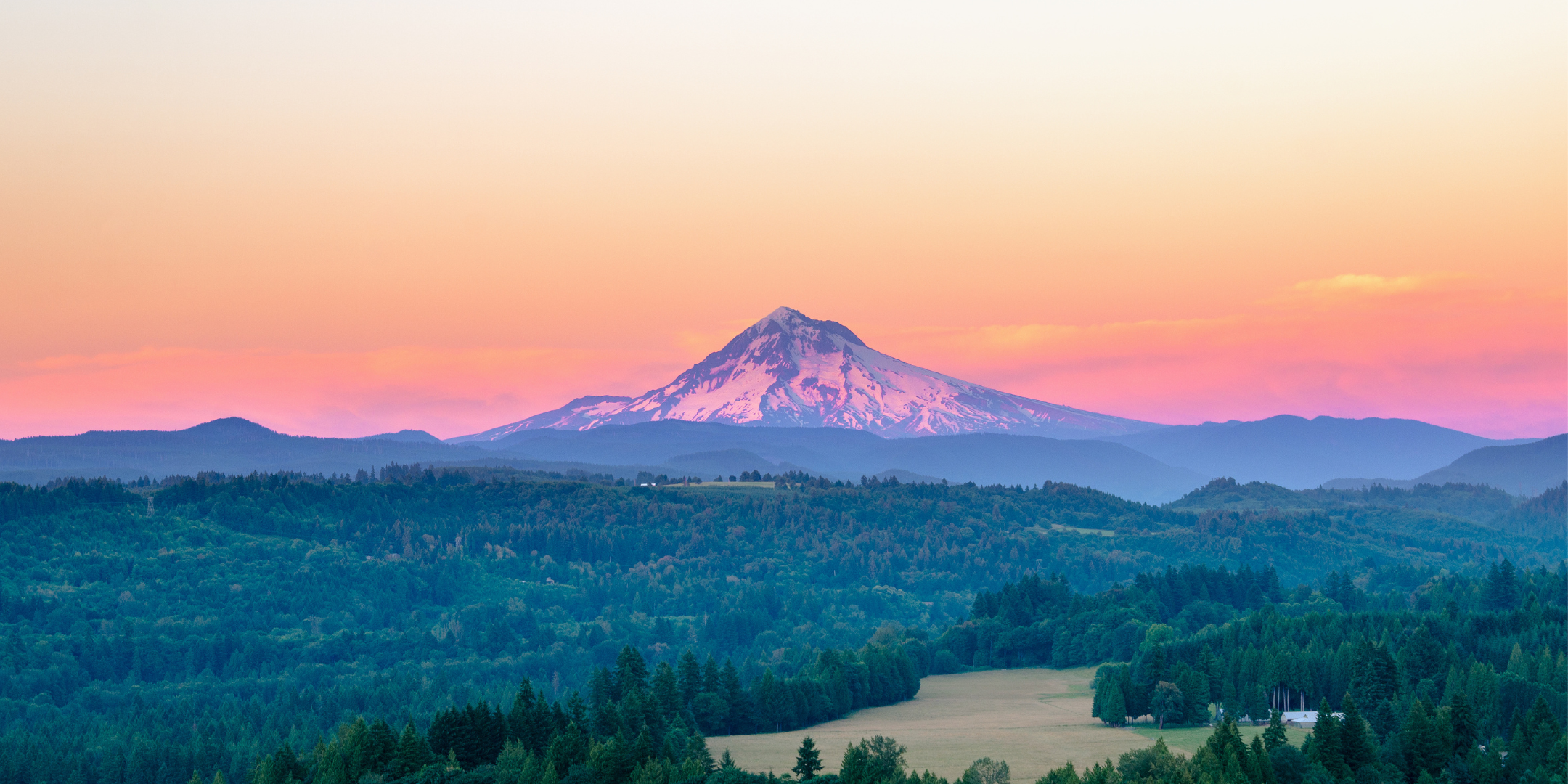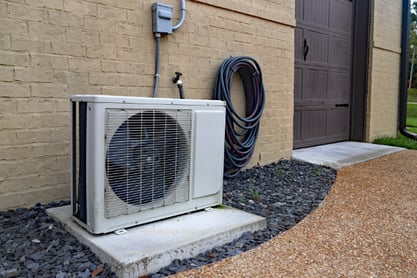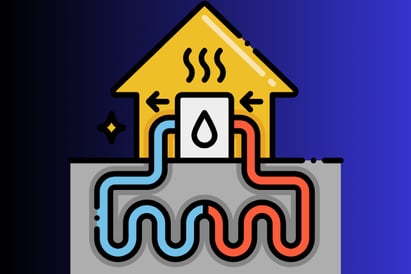
Topics:

Upgrading your HVAC system while living in the beautiful Columbia River Gorge can be challenging. The strict regulations designed to preserve the area's natural beauty and cultural heritage can make it seem impossible to modernize your home. 
But don't worry – you're not the first to upgrade their protected scenic area home!
With over 16 years of experience serving homes throughout the Columbia River Gorge, we understand these regulations inside and out. We're here to empower you with the information you need to navigate these rules and find the best HVAC options for your home.
By the end of this article, you'll have the knowledge and confidence to make informed decisions that enhance your comfort without compromising the stunning surroundings you love.
The Columbia River Gorge National Scenic Area Act was enacted to protect and enhance the scenic, cultural, recreational, and natural resources of the Gorge. It applies to various activities within the designated area, including construction, landscaping, and modifications to existing structures. The goal is to ensure that any development harmonizes with the natural landscape and historical context of the area.
Map courtesy of GorgeFriends.Org
This regulation mandates that all new developments and modifications, including HVAC upgrades, must be visually subordinate to the surrounding landscape. For HVAC systems, this means that outdoor units must be discreetly placed to minimize visual impact. Ductless mini-split systems are ideal as their outdoor units are compact and can be easily hidden.
Any modifications to historic structures must adhere to the guidelines that ensure the preservation of the architectural and historical integrity of the building. This includes the use of materials and installation methods that do not alter the original character of the home. High-velocity HVAC systems, which use small, flexible ducts, can be installed with minimal intrusion to historic features.
Structures, including HVAC units, must adhere to specific setback distances from property lines, roads, and scenic viewpoints to maintain the natural and historical vistas of the area. Homeowners need to ensure that HVAC systems are installed within these setbacks, which might make vertical loop geothermal systems a preferable choice due to their minimal horizontal footprint.
Projects that involve significant ground disturbance, such as the installation of geothermal heat pumps, require an environmental impact assessment to ensure that they do not adversely affect the local ecosystem. Horizontal loop systems require larger land areas and more extensive excavation, which might necessitate additional environmental assessments and approvals.
When selecting an HVAC system for a home protected by the Scenic Area Act, it’s crucial to find options that offer energy efficiency while minimizing changes to the structure. Here are a few great options to consider:

These systems are a fantastic choice because they are highly efficient and don’t require any ductwork, which is perfect for protected homes where space is often limited. They consist of an outdoor compressor and indoor air-handling units that can be strategically placed throughout the home.
The installation process is minimally invasive, helping to preserve a protected home’s beautiful architectural features. The indoor units can be mounted on walls or ceilings, blending seamlessly with the interior décor, so they don’t stand out.
The cost of installing a ductless mini-split system in any of the towns throughout the Columbia River Gorge can vary based on several factors, including the size of the home, the number of indoor units required, and the specific brand and model chosen. On average, residents can expect to pay between $5,000 and $15,000 for a complete ductless mini-split system installation.
For a medium-sized home requiring three indoor units:
Total Estimated Cost: $1,500 (compressor) + $3,600 (indoor units) + $4,000 (labor) + $400 (materials) = $9,500

If you’re looking for an environmentally friendly option, geothermal systems are highly energy-efficient. They use the stable temperature of the ground to heat and cool the home, making them a green choice.
While the installation of the underground loops requires some excavation, the indoor components are compact and can be integrated into existing spaces without significant alterations, keeping the historic elements of your home intact.
When you started reading, you probably felt overwhelmed by the challenges of upgrading your HVAC system while adhering to the Columbia River Gorge's strict scenic regulations. 
The good news is, there are solutions that can make your home more comfortable and efficient without sacrificing its historical and natural beauty.
With our extensive knowledge of the region's guidelines and over 16 years of experience of working on protected homes in this area, we can help guide you through the process smoothly.
You’ve learned about the best HVAC systems for the Columbia River Gorge; now, find out the costs. Read 'How Much Does it Cost to Install an HVAC Unit in The Columbia River Gorge?'
Daphne Hunt holds a bachelor's degree in English and Mass Communication and has a lifelong passion for writing. She thrives on using her skills to craft compelling pieces that inform, inspire, and connect with readers.
Topics: